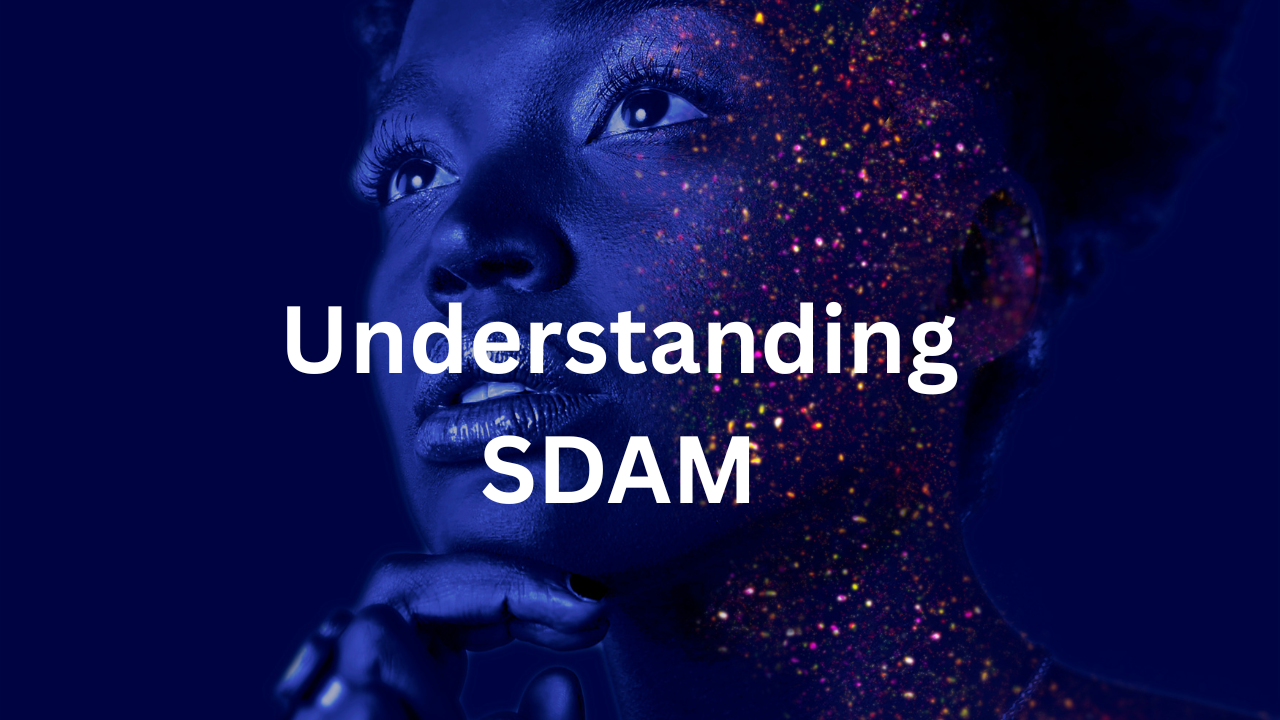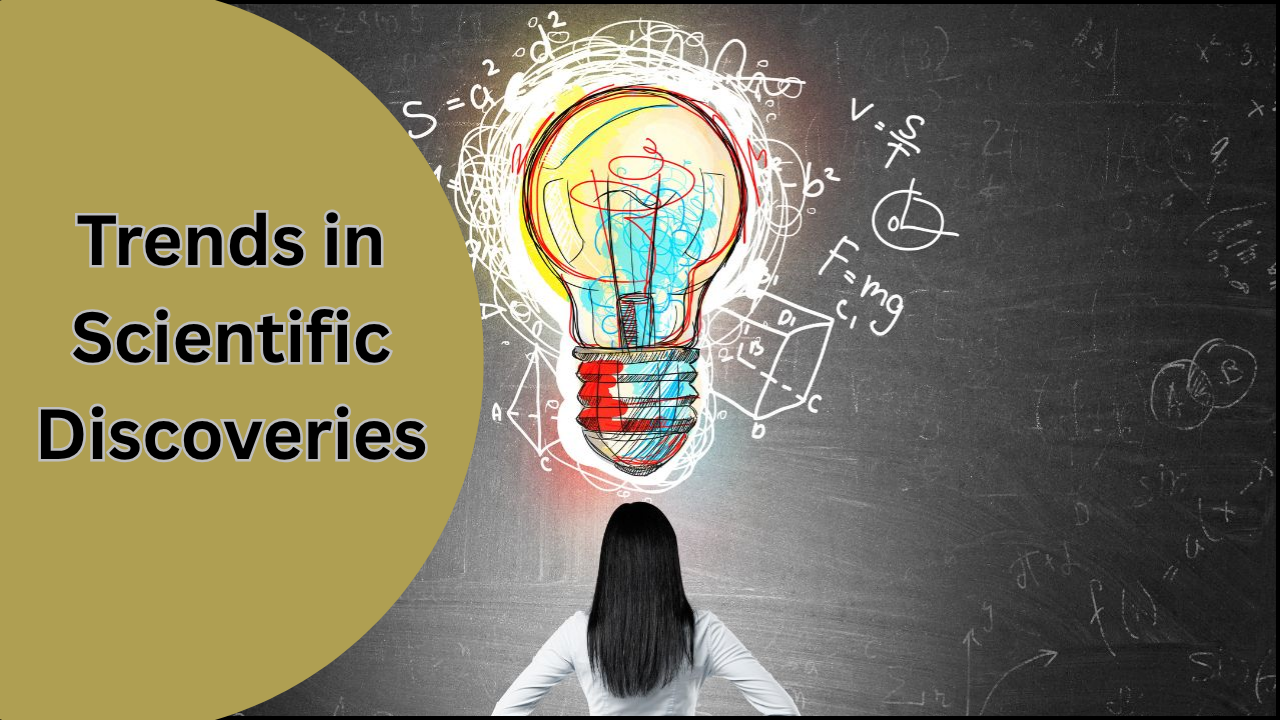The concept of memory is intricate and multifaceted, underpinning our sense of self and our ability to navigate the world. While conditions like amnesia are widely recognized as memory deficits, a more recently identified phenomenon known as Severely Deficient Autobiographical Memory (SDAM) offers unique insights into the architecture of human memory. It describes a lifelong inability to vividly re-experience personal past events, even though individuals with SDAM can recall factual information about their lives. The latest SDAM research is actively exploring the neurological underpinnings, behavioral characteristics, and broader implications of this intriguing condition, shedding new light on how our brains construct and retrieve autobiographical memories.

Understanding SDAM: A Distinct Form of Memory Deficit
At its core, SDAM is a specific type of autobiographical memory impairment. Unlike typical amnesia, which often results from brain injury or disease and affects both episodic (experiential) and semantic (factual) memory, it appears to be a developmental, lifelong condition where the ability to “mentally time travel” into one's past is absent.
Individuals with Severely Deficient Autobiographical Memory can generally recall semantic facts about their lives, such as where they went to school, who their family members are, or what happened on a specific date, but they lack the vivid, sensory, and emotional re-experiencing that typically accompanies episodic memory retrieval. They might know they went on vacation, but they can't mentally see the beach or feel the sun.

The science behind autobiographical memory suggests that it relies heavily on a network of brain regions known as the default mode network, which is active when we are not focused on the outside world, such as during mind-wandering or recalling personal memories. Early research into SDAM has begun to investigate whether structural or functional differences in this network might account for the distinctive memory profile of individuals with the condition.
The Latest SDAM Research: Exploring Neurological and Behavioral Facets
The field of Severely Deficient Autobiographical Memory research is relatively young, with the term itself gaining prominence in the last decade. Consequently, the latest SDAM research is rapidly expanding our understanding through various approaches:
1. Neuroimaging Studies
A significant portion of the latest SDAM research employs fMRI (functional Magnetic Resonance Imaging) and other neuroimaging techniques to compare brain activity in individuals with SDAM versus those with typical memory. Initial findings suggest that while individuals with SDAM can activate some memory-related brain regions, there might be reduced activation or connectivity in areas crucial for rich, detailed episodic recall, particularly those involved in visual imagery and self-referential processing. This is a primary avenue for scientific studies in this area.

2. Behavioral Assessments
Researchers use a battery of behavioral tests to characterize the memory abilities of individuals with SDAM. This includes structured interviews where participants are asked to recall specific life events, with researchers analyzing the level of episodic detail provided (e.g., sensory information, thoughts, feelings). Such research helps to distinguish SDAM from other memory conditions and establish diagnostic criteria.
3. Genetic and Developmental Factors
Given that SDAM is a lifelong condition, research is beginning to explore potential genetic predispositions or early developmental factors that might contribute to its emergence. This area is still in its nascent stages but holds promise for understanding the origins of this unique memory profile.
4. Impact on Daily Life
Understanding how SDAM impacts daily functioning, emotional experiences, and future planning is another crucial aspect of SDAM research. While individuals with SDAM often adapt remarkably well, scientific studies are exploring whether the absence of detailed past experiences affects their emotional processing, decision-making, or ability to imagine future events (a phenomenon known as prospection, which is closely linked to episodic memory).
Finding SDAM Research and News
For those interested in delving deeper, resources to find SDAM research and stay informed about SDAM research news are becoming more accessible:
- PubMed SDAM: PubMed is an excellent resource for finding peer-reviewed articles on SDAM. Searching “PubMed SDAM” will yield numerous scientific studies and review articles, providing detailed insights into the methodologies and findings of the latest SDAM research. Researchers often make their preprints available on platforms like PsyArXiv before formal publication, offering early access to SDAM research news.
- University Research Groups: Many leading memory research laboratories at universities, particularly in the US research landscape, are actively studying SDAM. Their websites often feature publications, ongoing projects, and news updates on SDAM research news.
- Neuroscience Conferences: Presentations at major neuroscience and cognitive psychology conferences (e.g., Cognitive Neuroscience Society, Society for Neuroscience) are key venues for the dissemination of latest SDAM findings before they are published in journals.
- Popular Science Outlets: As public interest grows, reputable science news websites and magazines often cover significant SDAM research news in accessible formats, providing good starting points for understanding complex scientific studies.
The Broader Implications of SDAM Research
The latest SDAM research carries significant implications beyond simply characterizing a rare memory condition.
- Understanding Autobiographical Memory: By studying individuals who lack a key component of autobiographical memory, researchers gain invaluable insights into how this complex system works in individuals with typical memory. It helps to delineate the components of episodic memory and their underlying neural circuits.
- Clinical Applications: While it is not currently a diagnosable disorder requiring intervention, understanding its mechanisms could inform research into other memory disorders, including those associated with aging or neurological conditions. The distinct memory profile of SDAM provides a natural “experiment” that can help disentangle different aspects of memory function.
- Philosophy of Self and Identity: The absence of vivid personal re-experience in SDAM raises profound questions about the role of episodic memory in constructing our sense of self, personal identity, and continuity over time. This intersects with philosophical inquiries into consciousness and subjective experience.
Conclusion
As SDAM research continues to evolve, it promises to uncover more about the fascinating complexities of human memory, offering breakthroughs that could benefit a wider range of memory-related conditions and deepen our understanding of what it means to remember and to be ourselves. While it's not possible to “purchase SDAM studies” in the sense of buying the condition, access to published research is typically through academic databases like PubMed or institutional subscriptions, ensuring that the science of memory remains a dynamic and accessible field of inquiry. The future of SDAM research will undoubtedly continue to contribute valuable scientific studies to the broader field of cognitive neuroscience.








